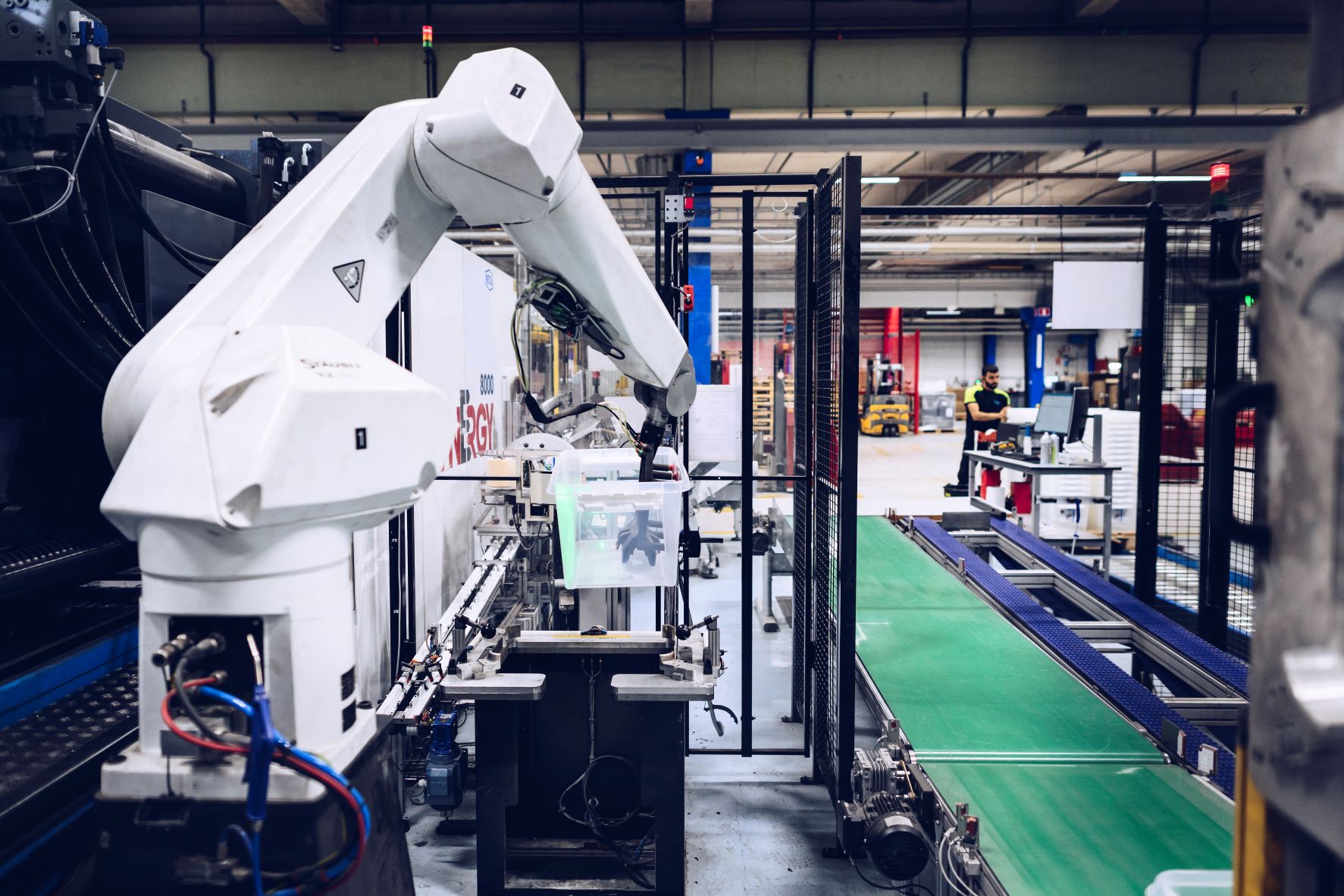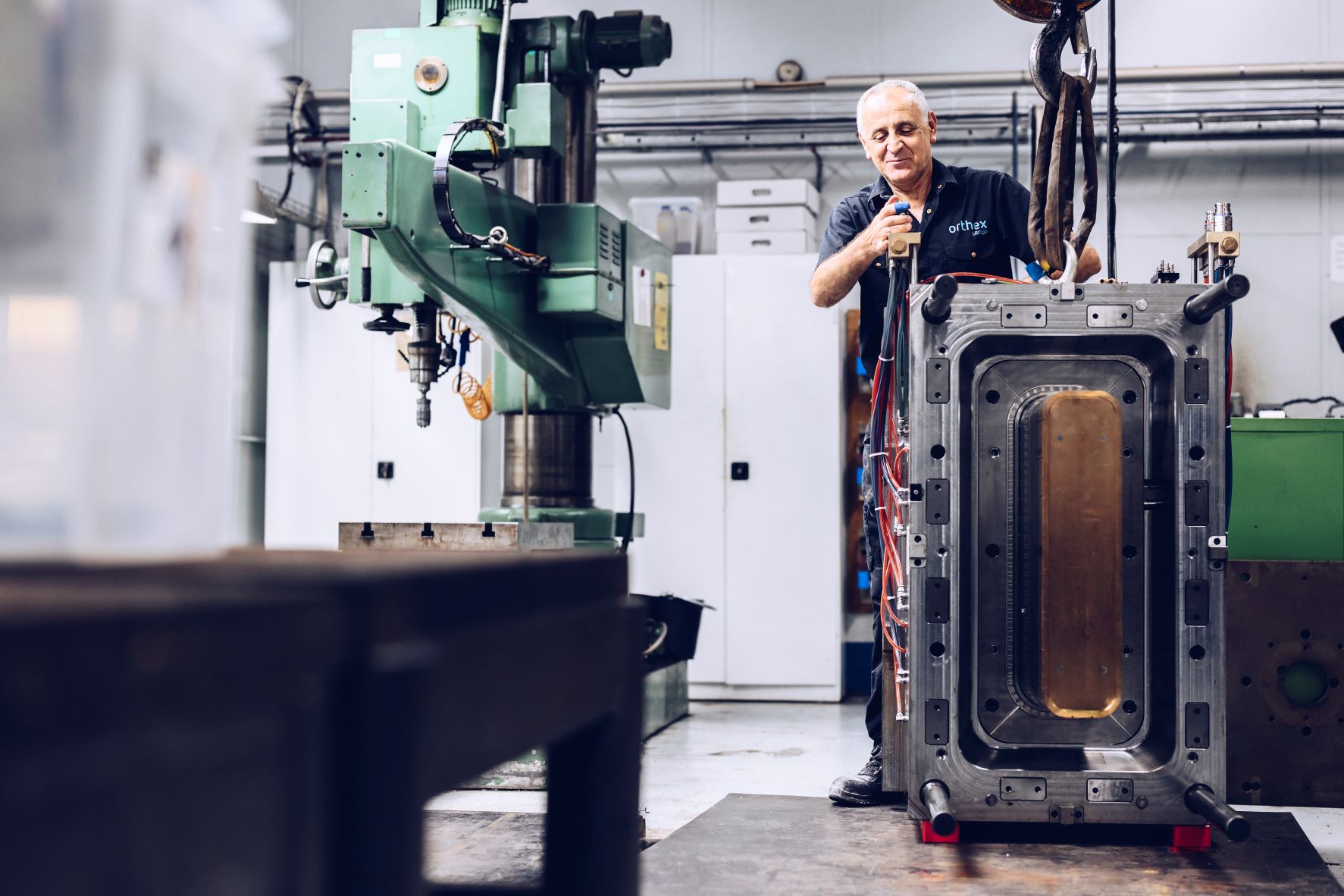Resource efficiency
Orthex’s operations are resource efficient and have minimal impact on the environment, including local biodiversity. All our factories have closed-loop systems for water use. Our operations use cooling water in their manufacturing processes, and the water is fully recycled in production. No wastewater is created in our operations, and no water is released into nature. Our objective is always to save natural and other resources.
In optimizing resource efficiency, our focus areas are improving energy efficiency and decreasing production waste, or scrap.

Energy efficiency
A significant way to improve energy efficiency in our operations is to replace old machines with energy efficient ones. We have made significant efforts to reduce the energy consumption year after year. Our products are designed to be as efficient as possible in terms of production and logistics, so that they consume less energy. We actively change our machines to new, more energy-efficient ones.
Our target for the period of 2023-2025 is to improve energy efficiency 1% annually (baseline year 2022).
Here are some concrete examples of actions made to achieve resource efficiency in production:
2020 - 2022: Reduction of CO2 with renewable energy in all factories and replacement of equipment with energy efficient technology
2017 - 2019: Energy efficiency project launched in Sweden and seven new energy efficient machines
2015 - 2016: Six new energy efficient machines
2012 - 2014: Change to thermal heating at Gnosjö factory in Sweden, renewing the cooling system at the Lohja factory in Finland and five new energy efficient machines
Production scrap
We optimise our production in a way that minimises the emergence of poor-quality products or production scrap. If scrap is created despite our measures, mainly due to colour or material change during production, we are able to reuse the vast majority of it as raw material elsewhere in production. This effectively eliminates the creation of actual scrap.
Our target is to achieve a production scrap rate (cost of scrap products compared to produced volume) of 1.42% by 2024.



 Storage
Storage  Kitchen
Kitchen  Home & Yard
Home & Yard  Plant care
Plant care  Renewable and recycled
Renewable and recycled 

